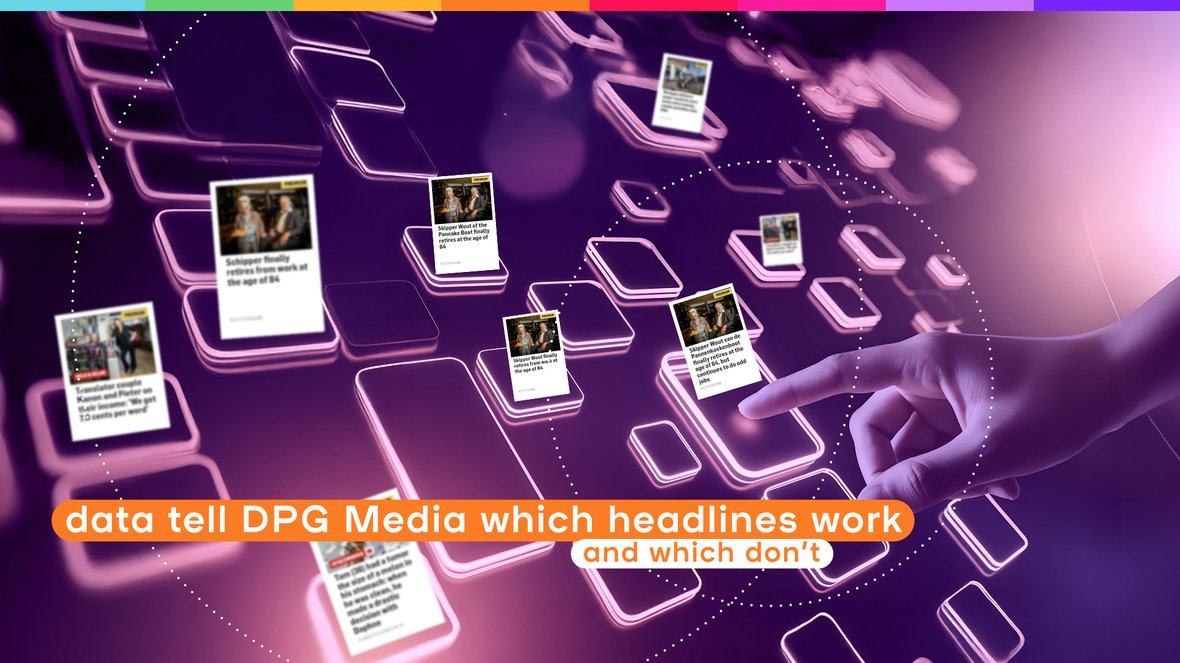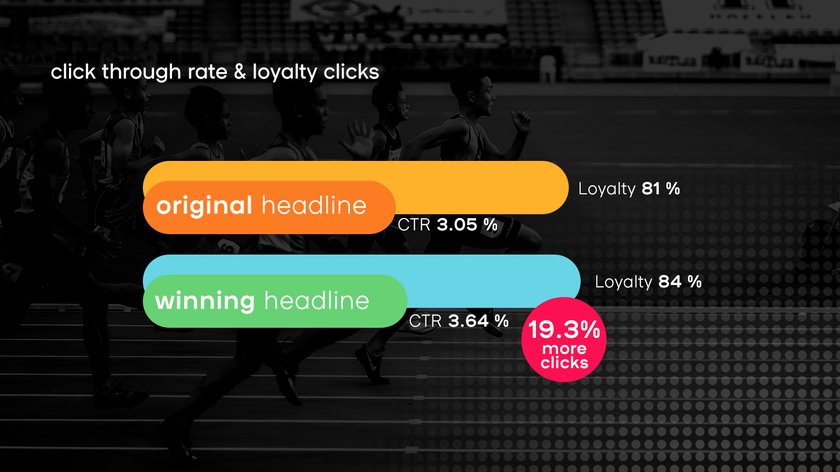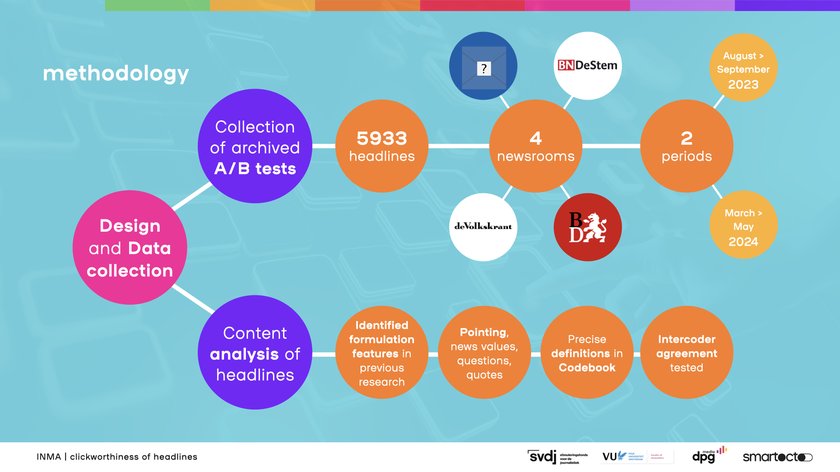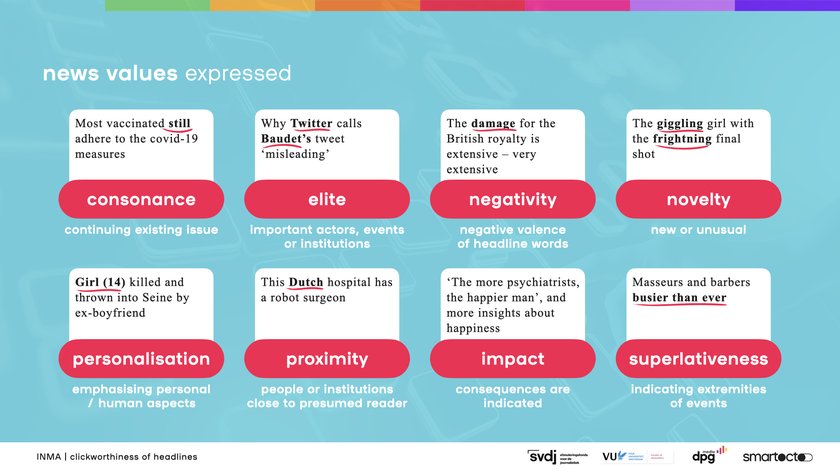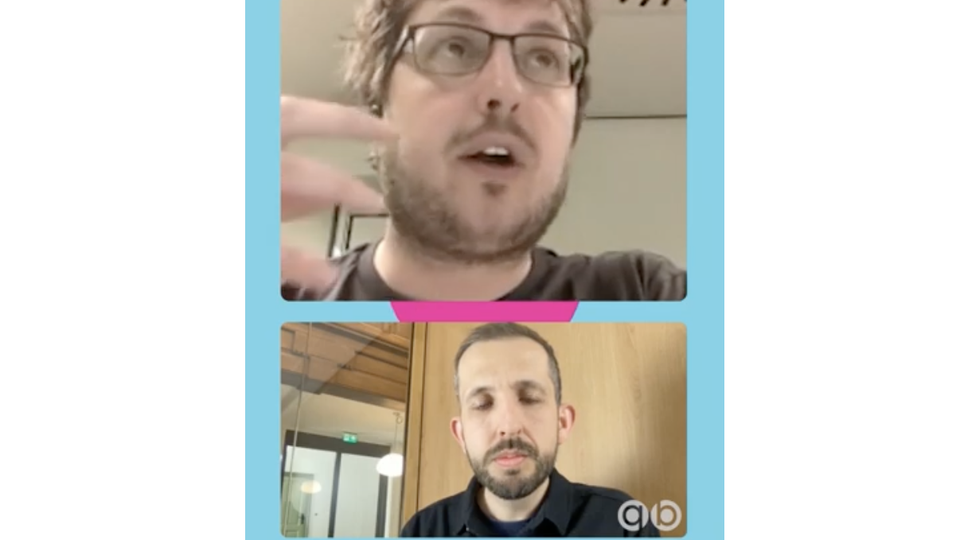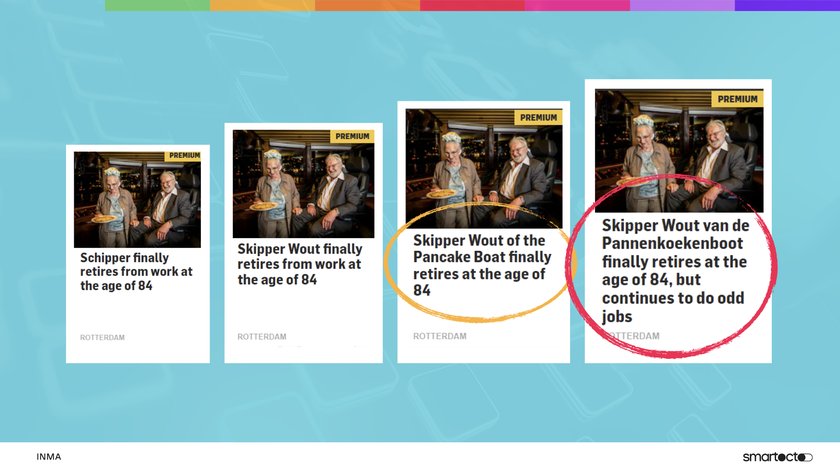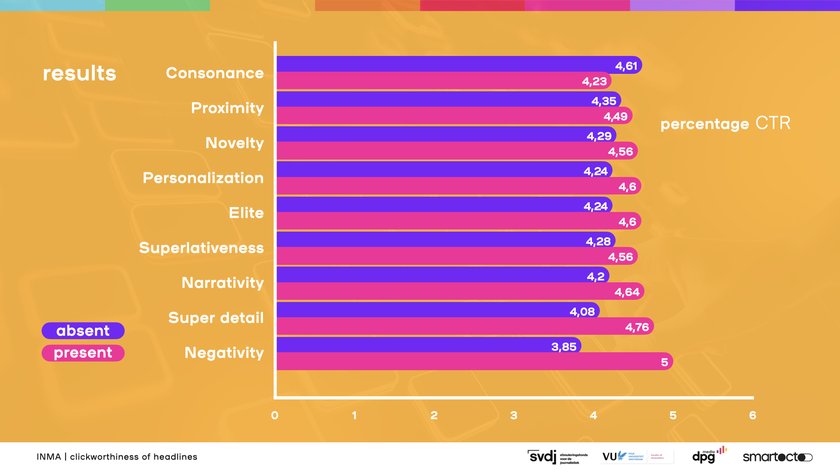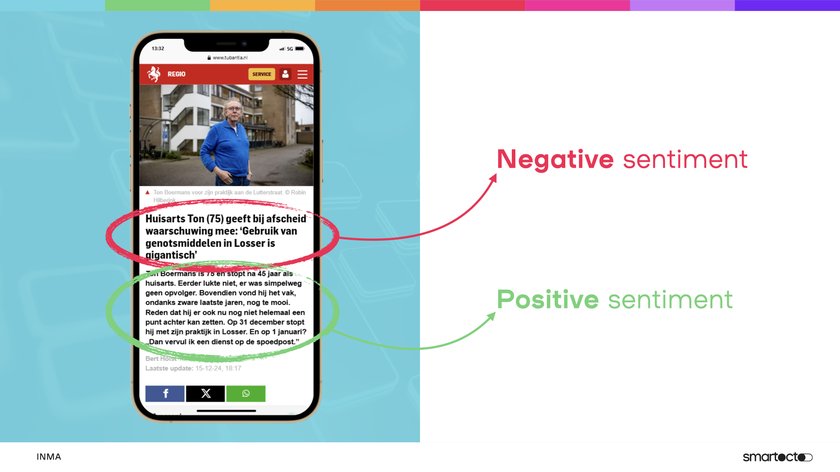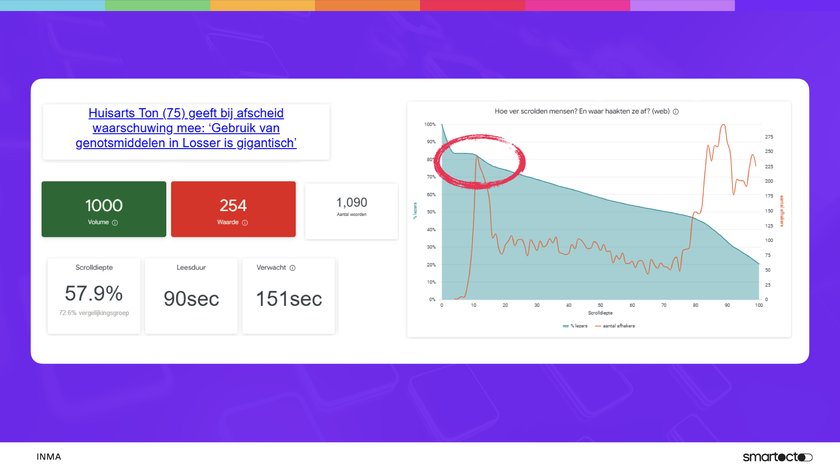What makes visitors to a news site click on one headline but ignore another? A unique collaboration between a university, a publisher, and smartocto has yielded interesting insights.
Testing different headlines for an article is one of the most effective actions a newsroom can take to ensure articles are read more widely. The (loyalty) click-through rate not only highlights the appeal of one particular story over others, but a clear title also sets the right expectations for the target audience. And, once you’ve discovered the best headline option, it’s not just your website that will benefit: it will also be displayed across other channels, such as social media and search engines, giving you a much-needed edge over the competition.
A previous data study by smartocto revealed that winning headlines receive, on average, nearly 20% more clicks than the original, even when including articles where the original headline performed better. Here are the results from an analysis of 9,000 headline tests across 57 media titles, which by the way always takes loyalty into account.
This article was first published on INMA.org. Do you want to see our A/B testing tool in action, ask for a demo.
